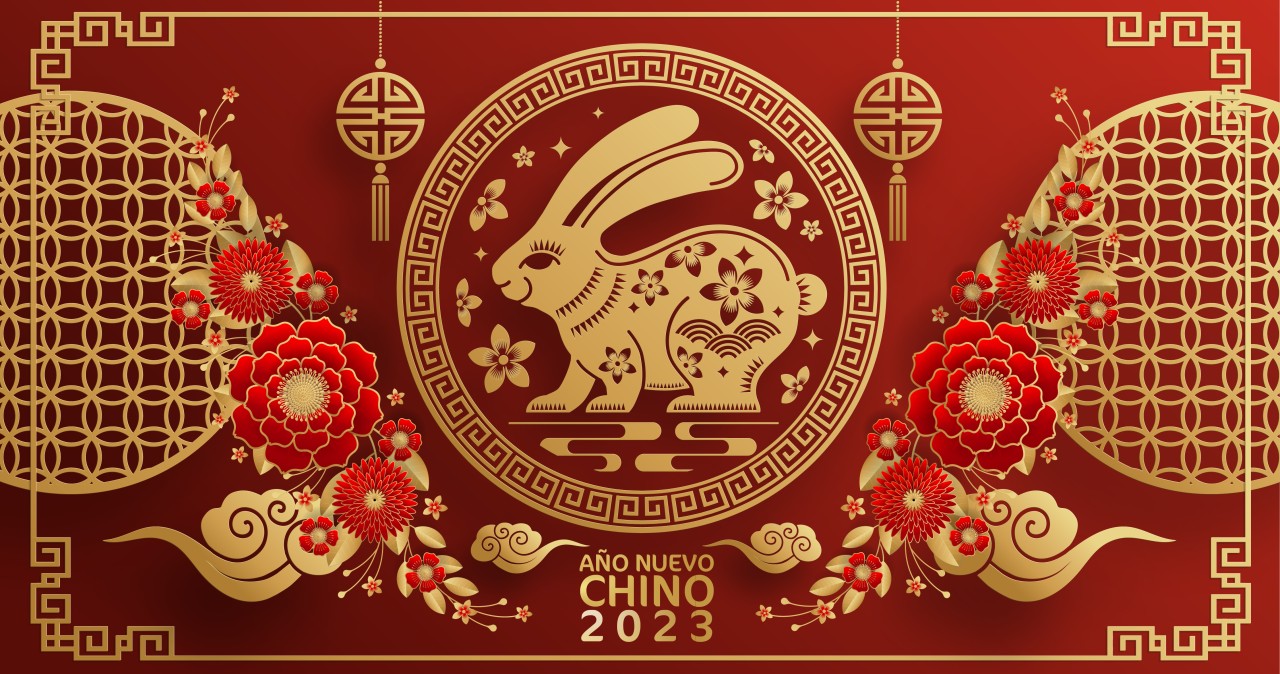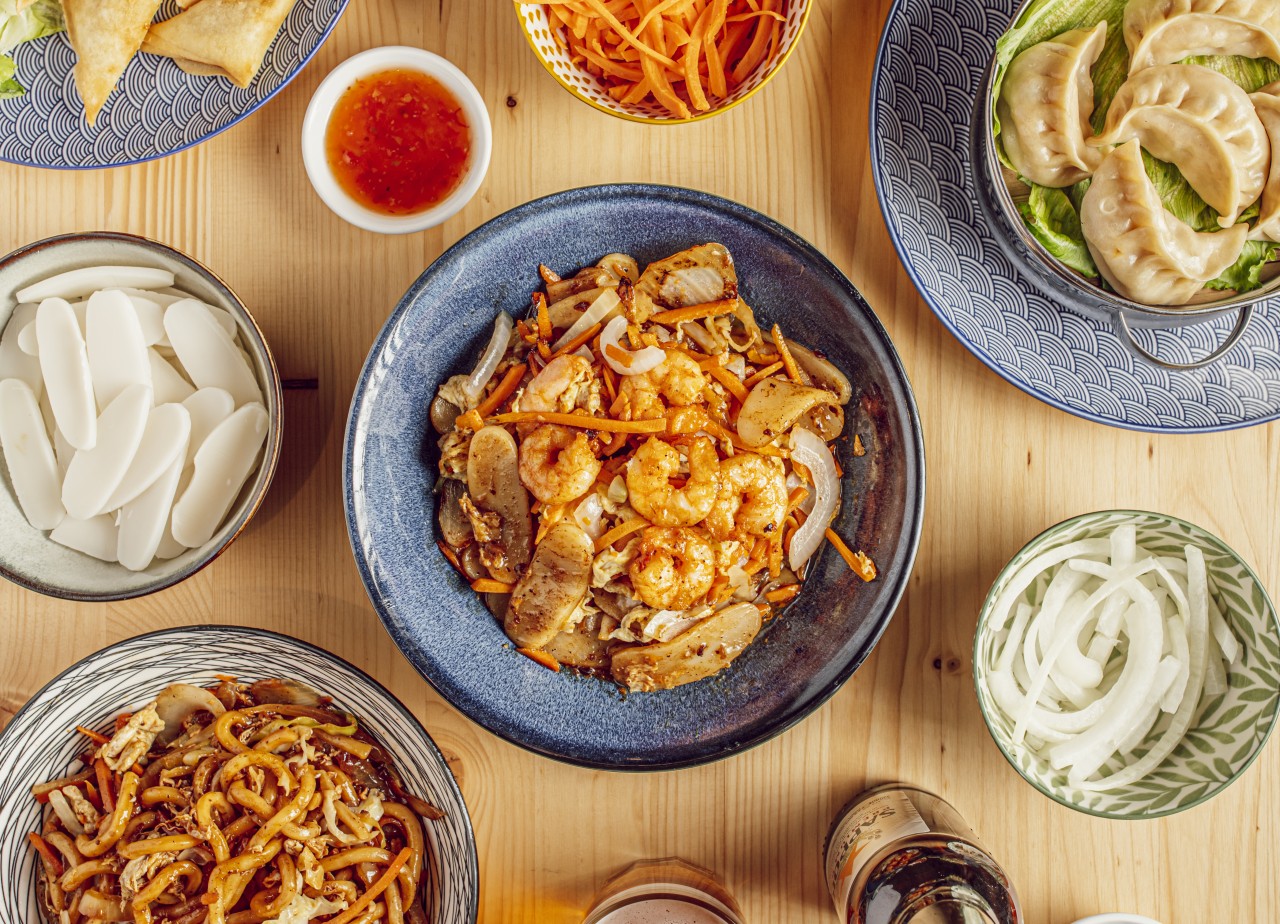Chinese New Year 2023: The Year of the Rabbit
Chinese New Year 2023: the customs of this millennial tradition.
Just a few days after Christmas in Spain, the Chinese community celebrates its best-known festival, its already popular New Year. This is a festival full of customs, traditions and superstitions that we want to talk about in this article.
When is Chinese New Year 2023?
Unlike what happens in Spain, the New Year in China is celebrated on different dates depending on the year. The first day of the Chinese calendar can vary and occurs between January 21 and February 21. What does this depend on? Everything is related to the moon. Chinese New Year is celebrated on the date of the second new moon after the Northern Hemisphere winter solstice. Thus, while in 2022 the Chinese New Year was celebrated on February 1, in 2023 the date of this great event is January 22.
In addition, the moon also affects how the months are distributed in China. In the Asian country, each month begins with each new moon and is divided into three weeks of ten days each.
It should be noted that the Chinese will enter their year 4721, since they count from the coronation of the Yellow Emperor or Huangdi.
What animal represents the Chinese New Year 2023?
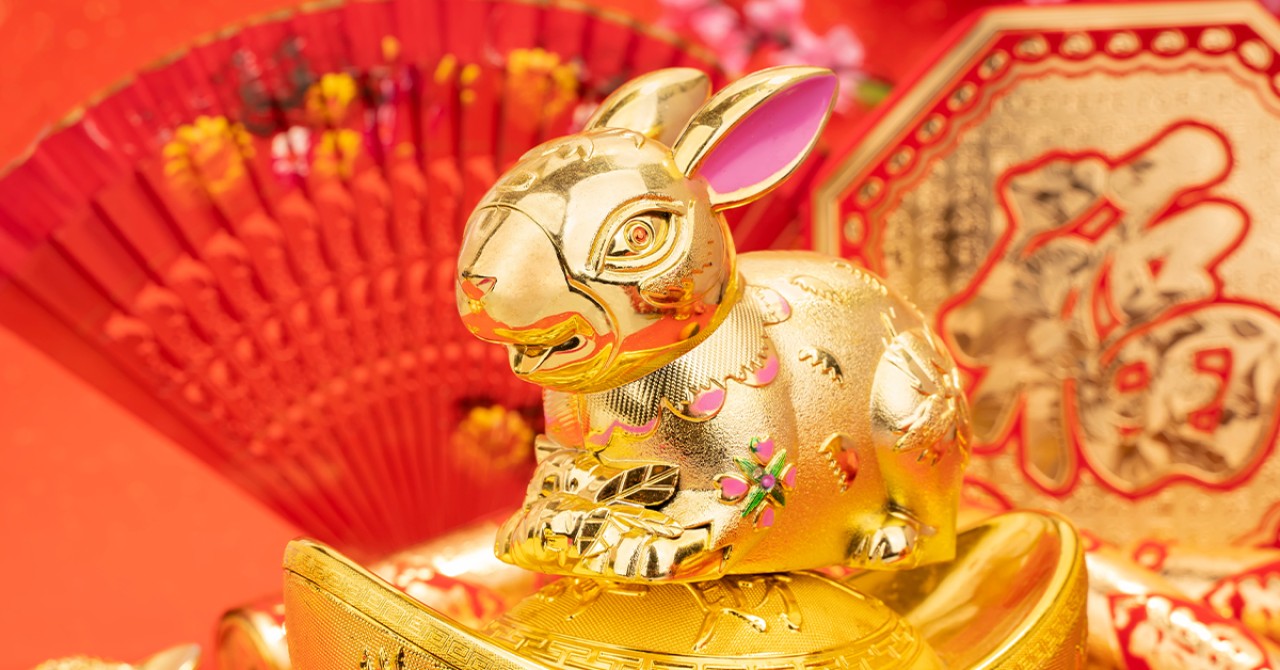
Among the beliefs of the Chinese is that each year is represented by an animal. Thus, depending on the year in which you are born, one animal or another will correspond to you and it will lead you to be one way or another.
4721 will be the year of the rabbit, the fourth animal of the Chinese zodiac. For Chinese culture, the rabbit represents longevity, peace and prosperity, so they expect this to be a year of hope.
A very curious story is the order of the animals to give name to each Chinese year. The most widespread legend tells that the Jade Emperor organized a race between animals and other beings to choose those who would accompany and protect him upon his arrival at the heavenly gate.
This competition was won by the rat, who climbed on the back of the ox (which came second) and crossed the finish line first. These two were followed by the tiger and the rabbit and behind them came, in this order, the dragon, the snake, the horse, the goat, the monkey, the rooster, the dog and the pig. The cat? He was left out because he also got on the ox along with his great friend the rat, but the rat betrayed him by pushing him when they passed through the river, hence their historic enmity.
What New Year traditions are there in China?
Just as in Spain we follow traditions and superstitions, such as the twelve grapes or red underwear, in China they also have a long list of customs to attract good luck during these dates.
One of them can be considered equivalent to our typical Christmas bonus. The children and young people of each family receive money each year, but always in a red envelope, which represents good luck.
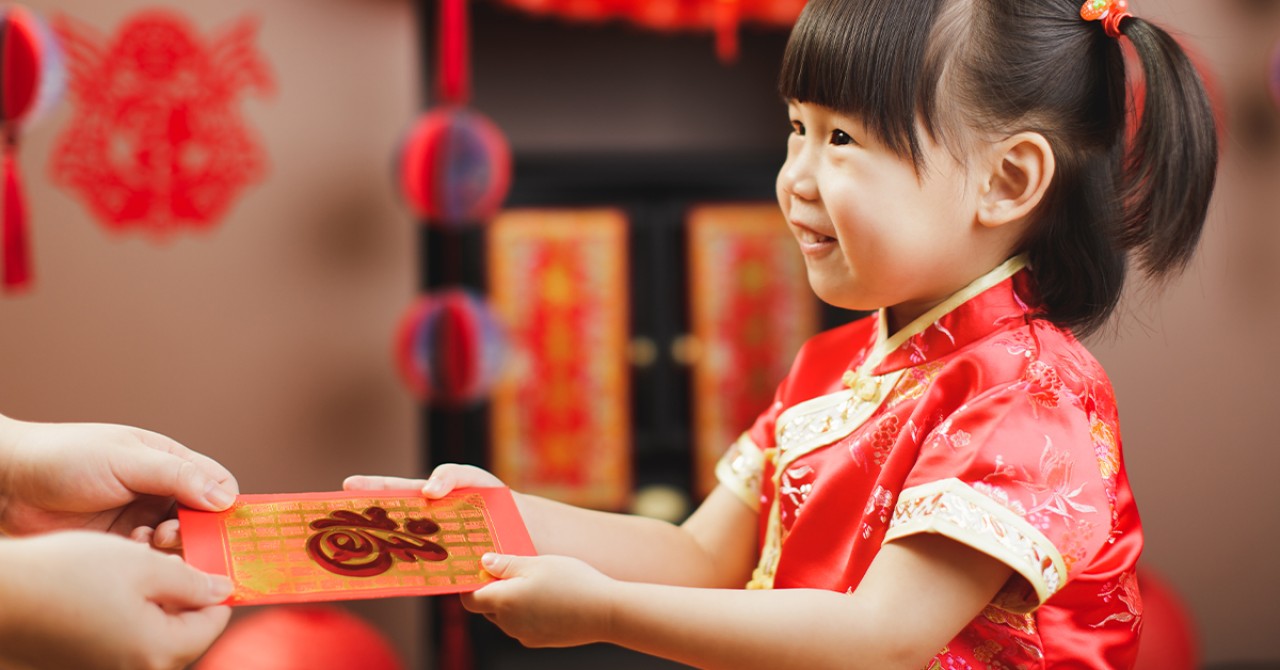
As for the decoration, the Chinese have a lot of representations that they use during the New Year. On the one hand, in Chinese the word fish has the same sound as the word abundance ("yú"), so it is common to find this animal in every corner during this celebration. They are normally red, as it helps to scare away the Nian, a beast that inhabits the seas.
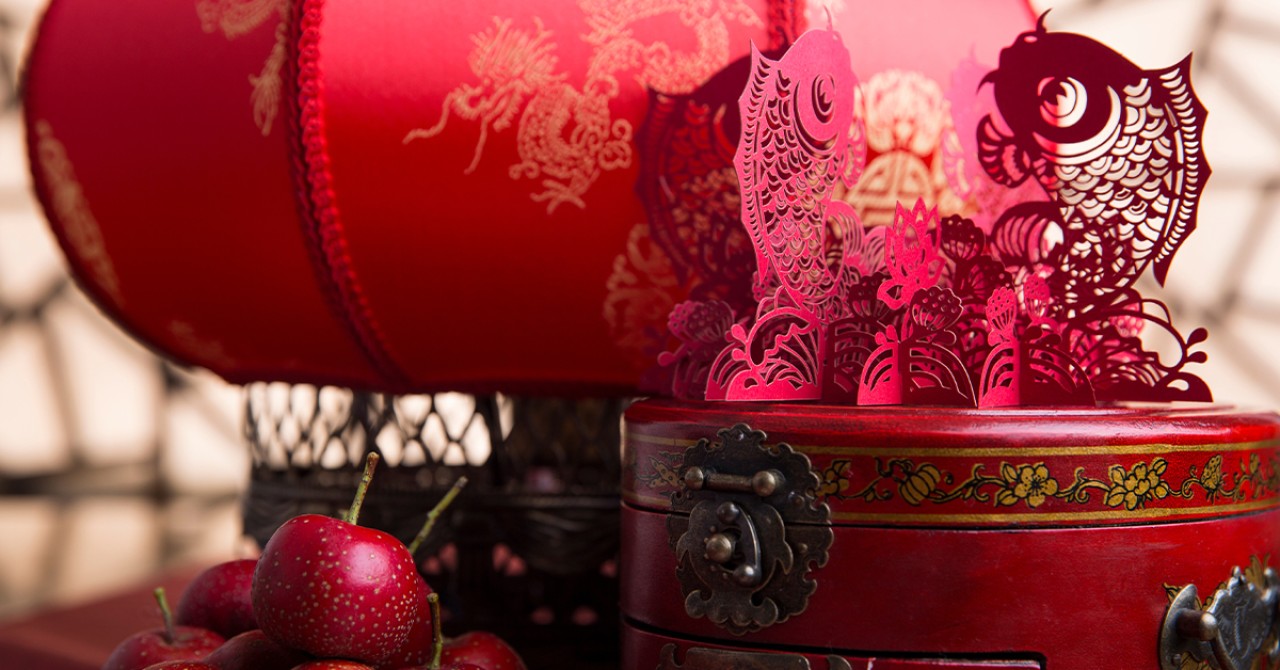
To protect themselves from this evil figure, they also have a habit of placing defensive guards at their gates. These doors are, in turn, decorated with what is known as "chun lian", some verses with the same length and that are written with great care, excellent calligraphy and wishes for prosperity, happiness, abundance...
Also, the Chinese really like to play with words and the similarity of sounds between their characters. Thus, it is tradition to place the word happiness upside down, since the term upside down in Chinese sounds the same as the word to arrive, so placing it in this way will help "happiness to arrive".
As for representations of people, in China they use the image of the god of wealth a lot, a man with a long black beard and a red suit with golden details. If you look for it, you will surely realize that you have seen it on more than one occasion.
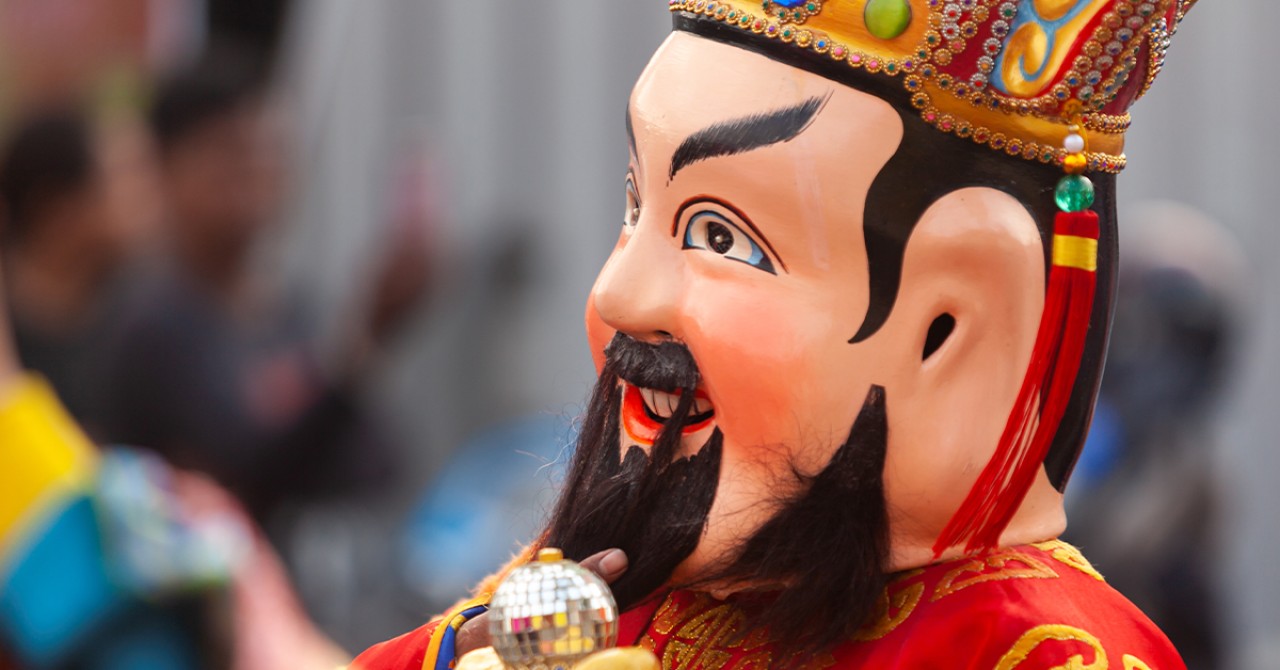
To close the Chinese New Year, which lasts a total of 16 days from New Year's Eve, the Lantern Festival or Lantern Festival is held. On this day, lanterns are hung and processions and dances are performed, among which are the dances of the lion and the dragon, which serve to drive away evil spirits.
What is the traditional Chinese New Year food?
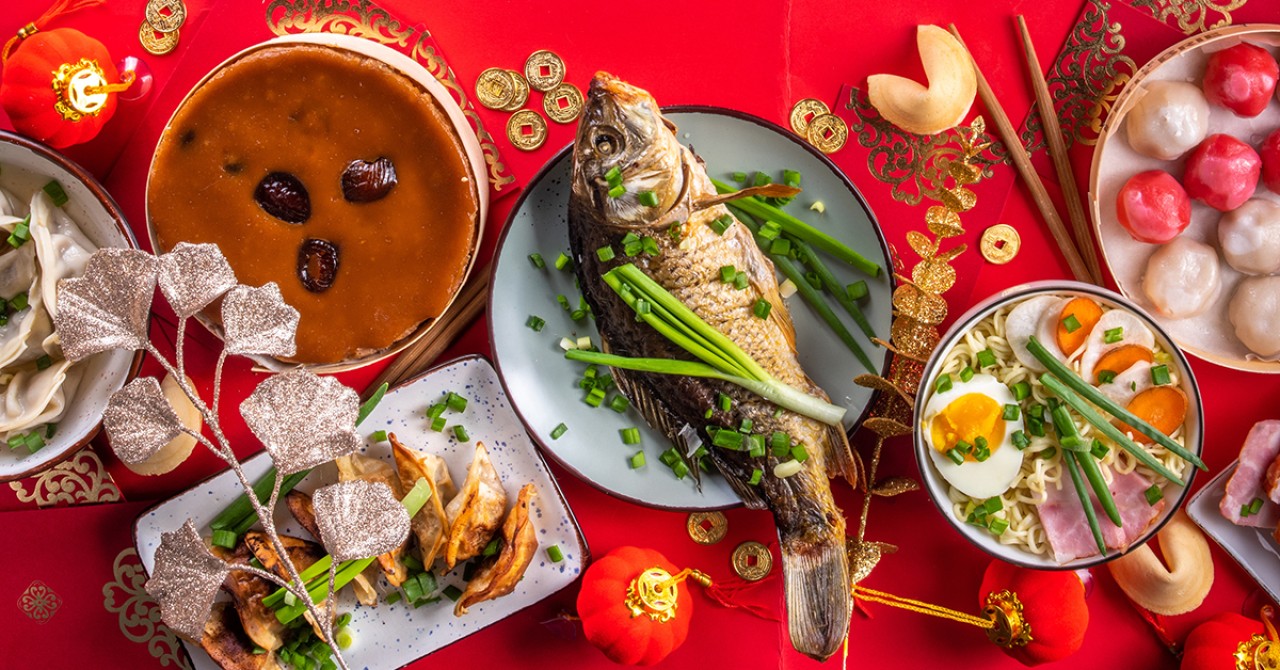
Now let's go to what we like the most, eat. Gastronomy is something very important in Asian countries and it was not going to be less during the Chinese New Year celebrations. For the Chinese, New Year's food is very special because each dish represents a request to the new year.
For example, the typical spring rolls symbolize wealth, as do the "jiaozis", delicious Asian dumplings. The "nian gao", for its part, represents the wish for an improvement in income and job position, while those known as longevity noodles are served both on New Years and on birthdays to pray for a long life. , happy and healthy.
As for desserts, it is typical to eat "tangyuan", sweet rice balls that are served especially during the Lantern Festival and represent the wish for a united and happy family. In addition, a curious fact is the lucky fruit according to the Chinese, the tangerine, essential on all tables during this celebration.
If you want to celebrate the Chinese New Year trying the typical flavors of these dates, visit us at any of our restaurants in Barcelona, Madrid, Valencia or Bilbao, where you will find some of these and other Chinese dishes.
